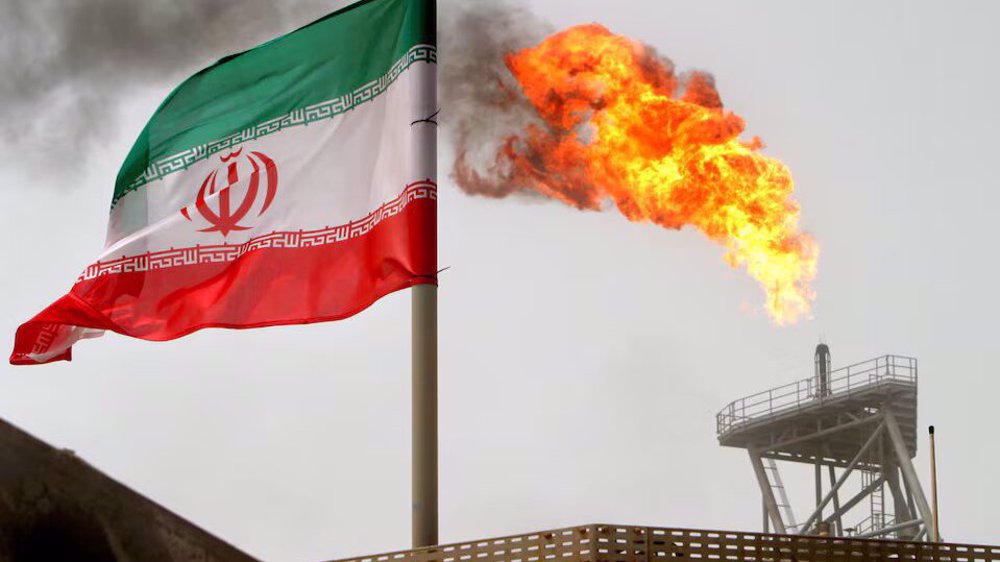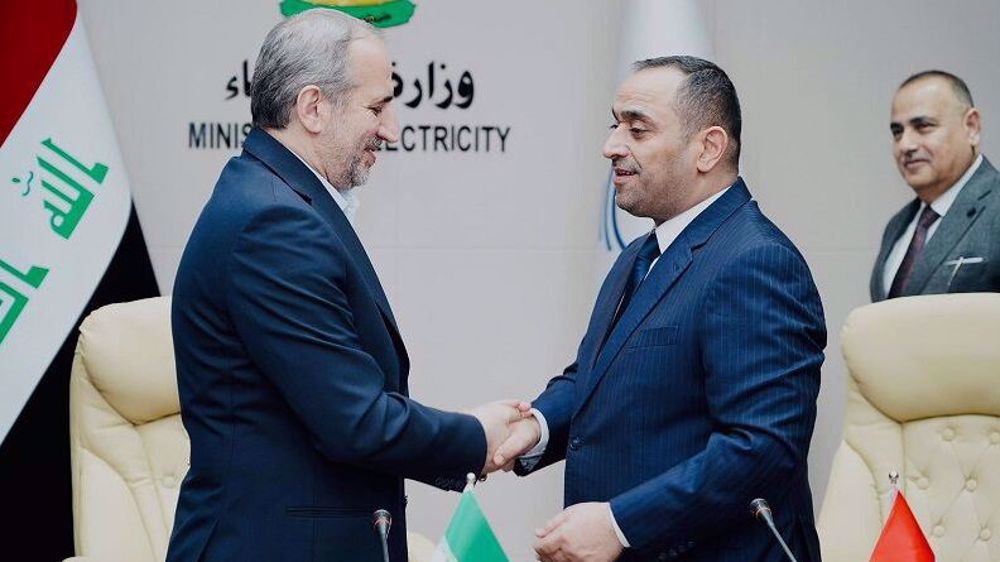Iran to resume abandoned LNG projects
Iran plans to revive its massive liquefied natural gas (LNG) projects which have been suspended under intensified sanctions, a senior energy official said on Thursday.
Head of the National Iranian Gas Export Company (NIGEC) Alireza Kameli said there are plans for the “near future” to put the LNG schemes back on track with the aim of exporting to Europe.
Iran had contracts with the Anglo-Dutch Royal Dutch Shell, Spain’s Repsol and France’s Total to build three LNG plants but they abandoned the projects in 2010 under US and European pressures.
The plan is to build a capacity for exporting 40 million metric tons a year of LNG which is super-cooled to minus 162 degrees Celsius for shipment by special tankers.
With its LNG projects, Iran is targeting the European market where the quest for alternative gas sources is intensifying amid tensions with Russia.
Kameli said for piped gas, Iran needed to build a 4,000-km line which would require high costs and plenty of time.
Iran’s priority for piped gas exports is the nearby markets, including the Persian Gulf countries, where a pipeline of 200 kilometers at the maximum will be enough to reach the clients, he said.
LNG plans
In March 2014, Iran signed an agreement to sell 10 billion cubic meters of gas per year to Oman via a pipeline across the Persian Gulf. The 25-year deal worth $60 billion also foresees building an LNG plant in Oman to process the Iranian gas for exports.

Liquefied fuel projects on the Iranian territory include the Persian LNG with an annual capacity to produce 16.2 million metric tons of gas. The project had been awarded to Shell and Repsol but they abandoned it in 2010.
Total had won another project -- the Pars LNG with a capacity of 10 million tons -- but the company pulled out of it as well.
Iran, however, is carrying on with the construction of Iran LNG, a $3.3 billion project to produce 10.5 million tons of liquefied gas per year, after dropping a Chinese partner.
Kameli said the project is underway with 50% physical progress. “We are waiting for the removal of sanctions in order to import necessary equipment and structures for the project.”
Preliminary talks are also being held with the “world’s biggest LNG company” to build a floating liquefied natural gas (FLNG) plant, the official said.
FLNG involves floating production of LNG above an offshore natural gas field, with liquefaction, storage and transfer all carried out at sea.
“We are expecting to swiftly begin the studies and execution of this project after the sanctions are lifted and tap its capacity within 2.5-3 years when the country’s gas production peaks,” Kameli said.
According to the official, LNG constitutes 31% of the world’s gas trade, with 70% of it going to Asia and the Middle East. There are currently 60 LNG import terminals in Asia, with plans to build 40 more.
“This means the world, especially Asia, is preparing to meet a large part of its fuel needs from LNG and naturally Iran should prepare itself for this growth in demand,” Kameli said.
HB/HB
US vetoes Palestinian request for full UN membership
Iran sufficed to striking part of Israel’s military positions: FM to UN chief
IRGC: Israel’s Dimnoa nuclear reactor not among Op. True Promise’s targets
VIDEO | West Asia awakens
'Stop any further Israeli adventurism,' Iran FM tells Security Council
Google fires 28 employees for protesting military deal with Israel
Burkina Faso expels three French diplomats over ‘subversive activities’
Iran slams G7 statement, vows no iota of doubt to respond to aggression










 This makes it easy to access the Press TV website
This makes it easy to access the Press TV website